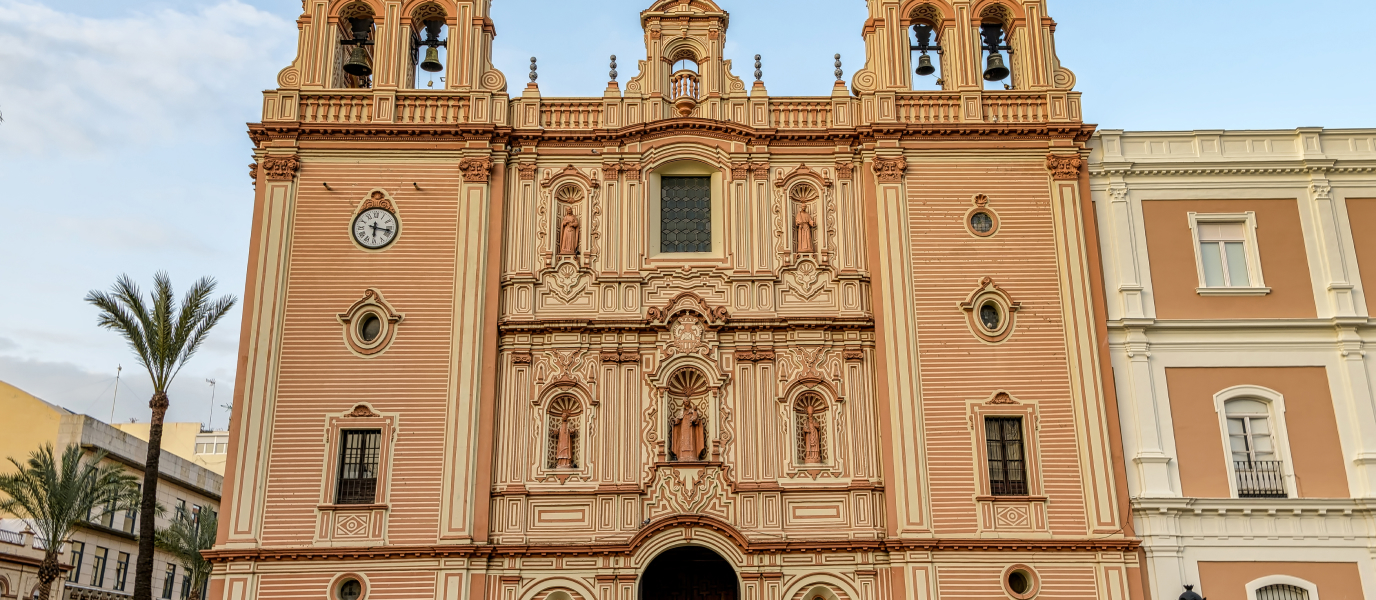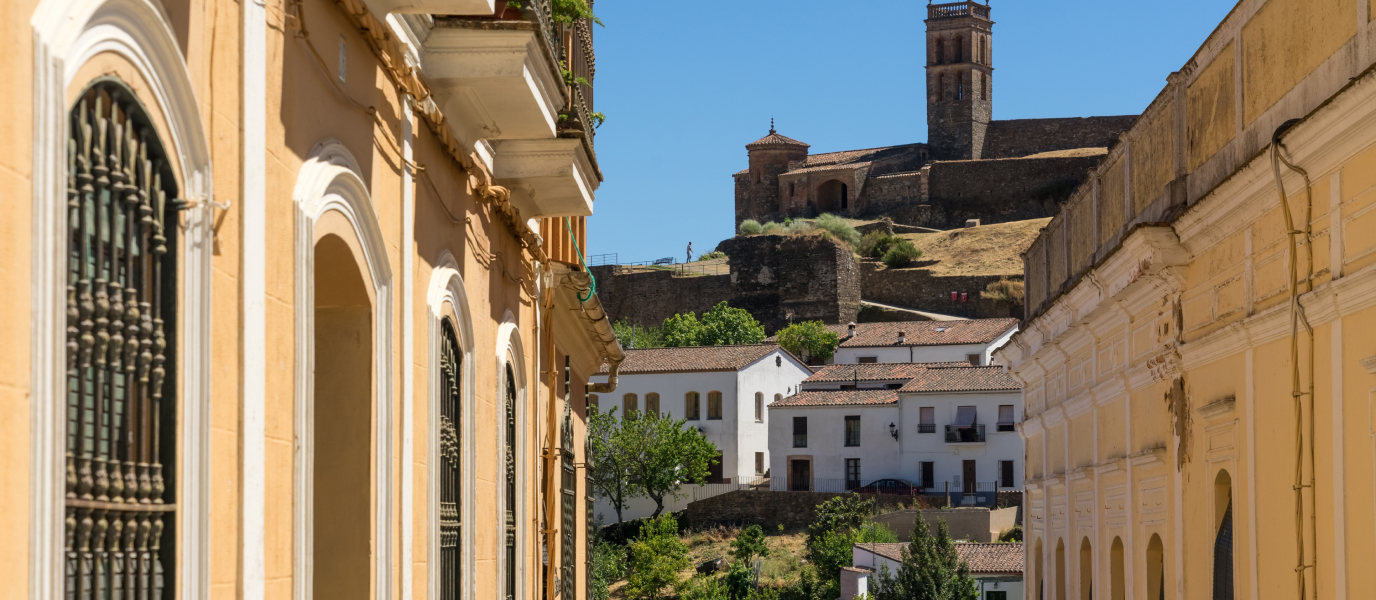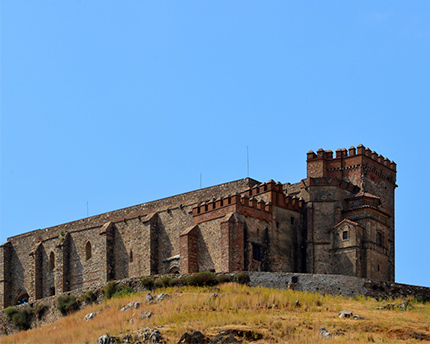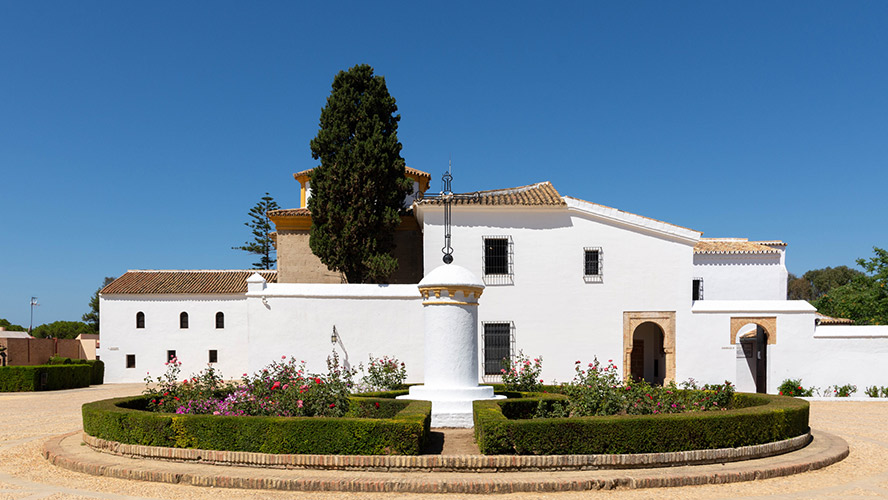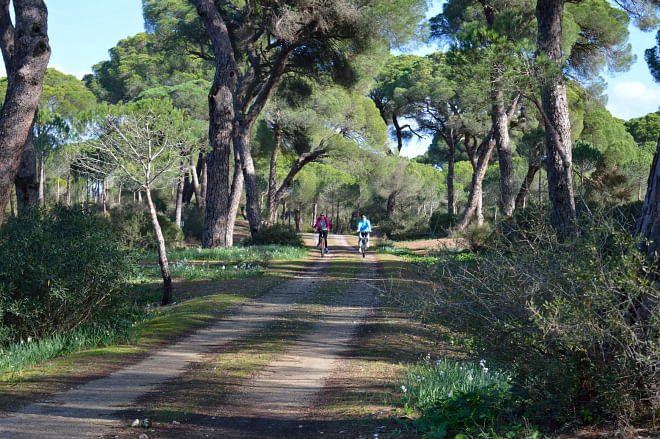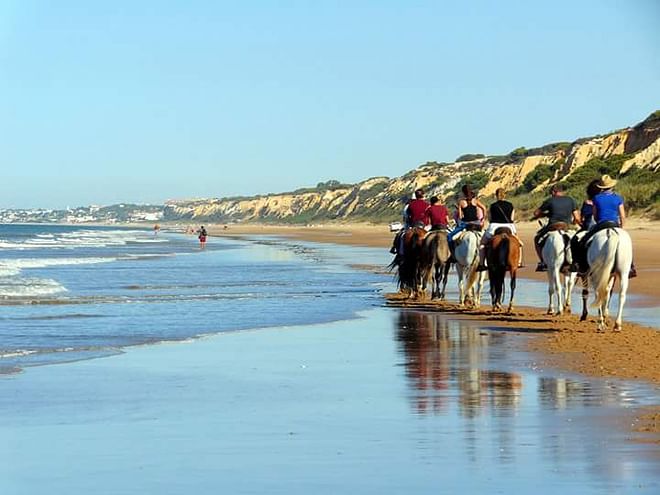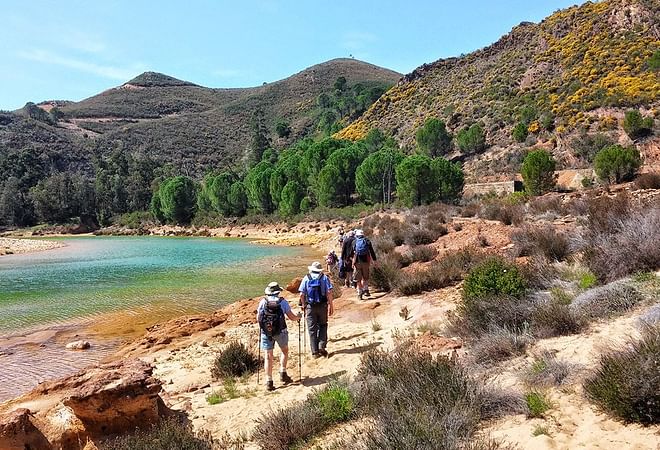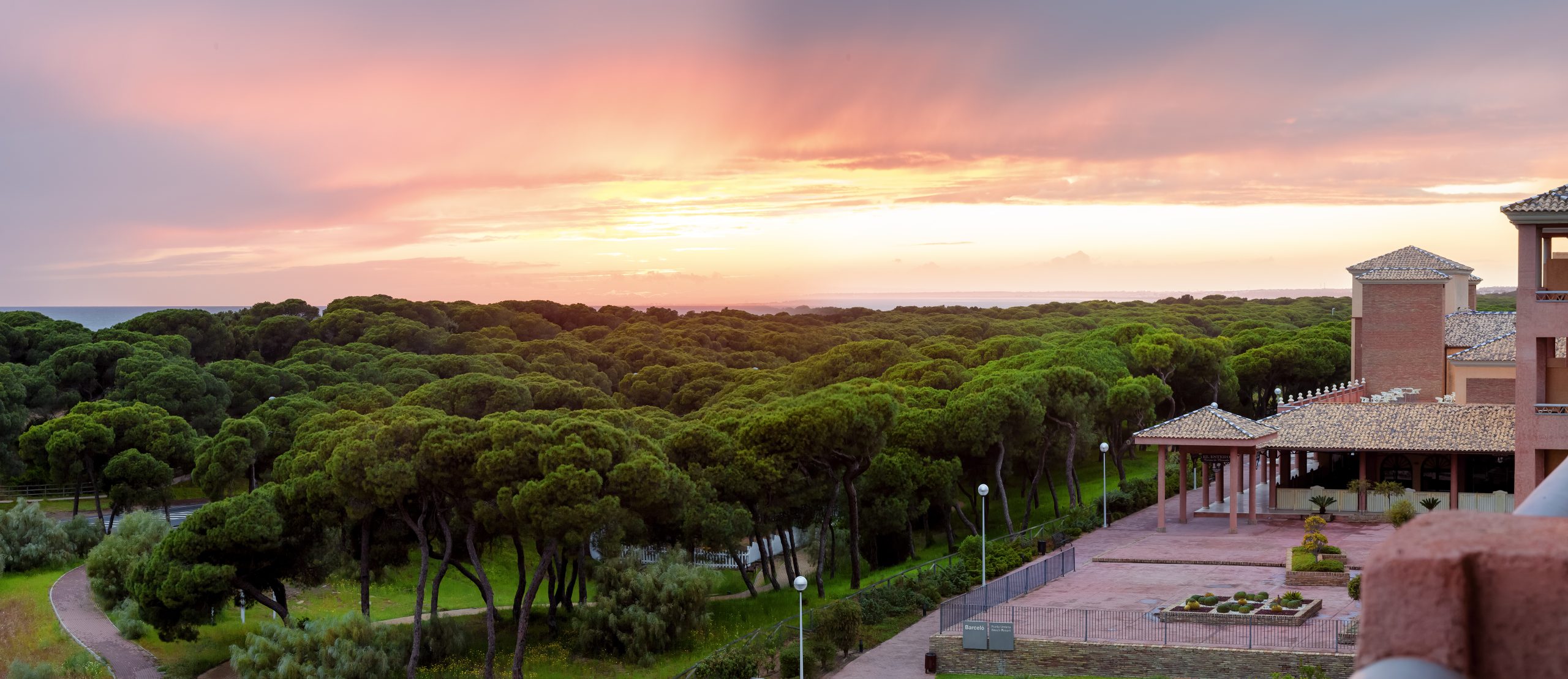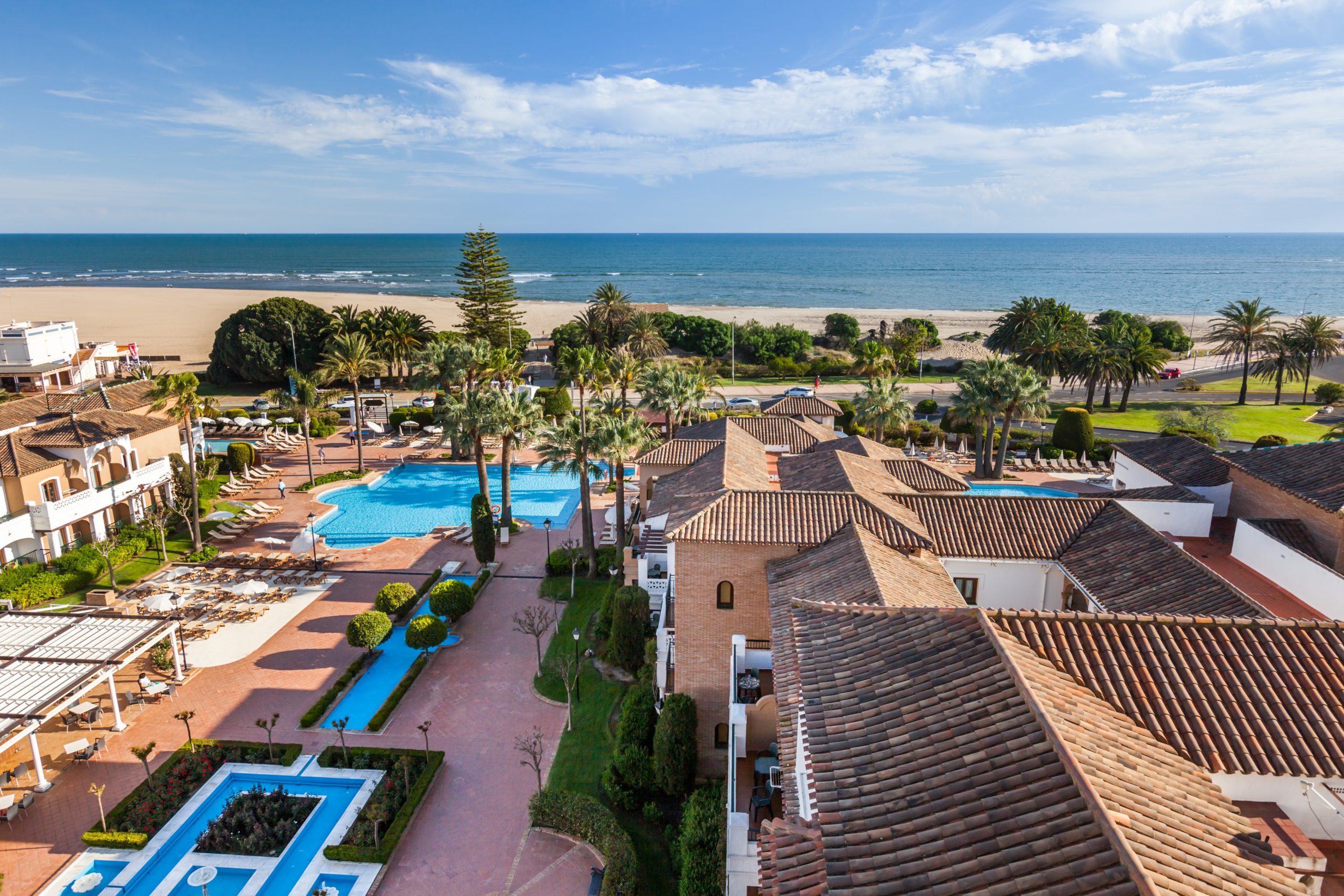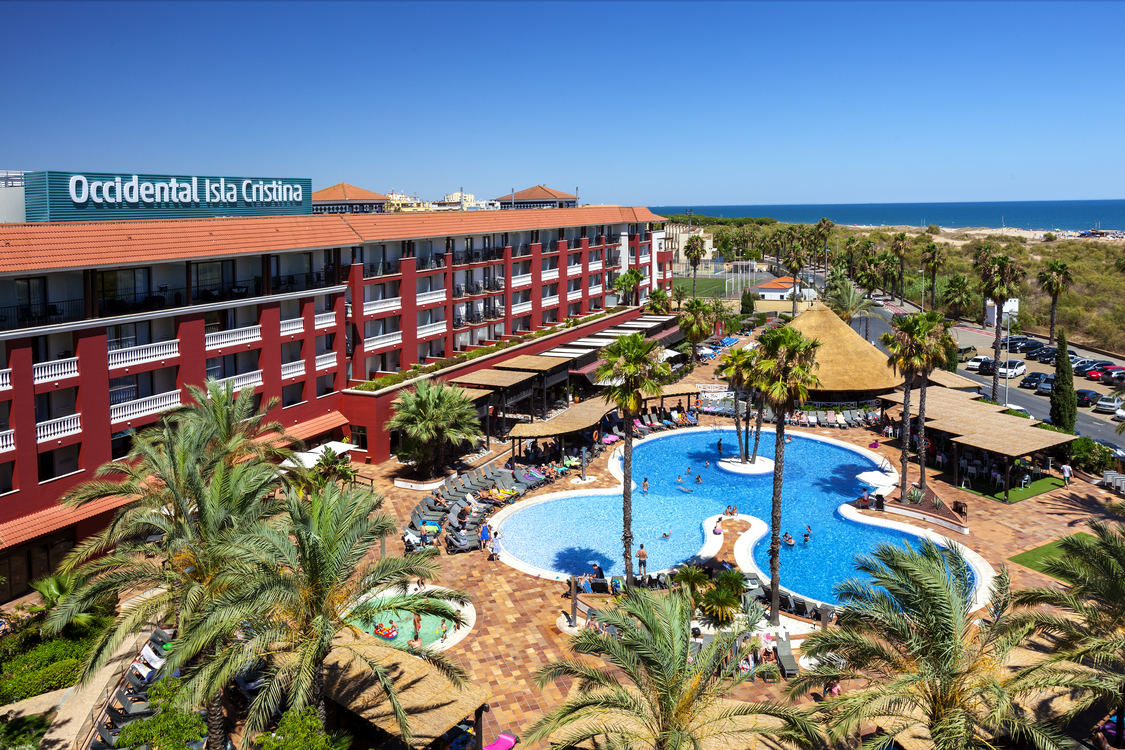Declared an Artistic Heritage Monument in the Spanish heritage registry in 1970, the Catedral de Nuestra Señora de la Merced, or Huelva Cathedral, is one of the most important tourist sites in the city of Huelva. The cathedral has three naves, and while it’s not the biggest or most spectacular religious building you’ll ever visit, it nonetheless has a long history behind it and a rich heritage worth exploring. It used to be part of a Mercedarian convent which in turn was built over the ancient San Roque Hermitage.
History of Huelva Cathedral
Work to construct Huelva Cathedral began in 1606, a year after the Mercedarian convent was raised. Most of the building was complete by 1615. The entire cathedral was built by order of Alonso Pérez de Guzmán, a nobleman from Huelva and the 8th Duke of Medina Sidonia.
The original structure lasted just over a century before the Lisbon earthquake of destroyed the Capilla de San Cayetano and caused significant structural damage. Subsequent repairs added Baroque features to the original Renaissance-style building, and in fact the cathedral today is the result of a series of repair jobs that lasted well into the 19th century. No wonder – the works ground to a halt several times for extraordinary reasons, among them the Napoleonic invasion of Huelva in 1811 and the suppression of male religious orders by Mendizábal in 1835. The Confiscation of Mendizábal (part of the Spanish government’s seizure and sale of property, including from the Catholic Church) put the cathedral into public hands, in this case the local government.
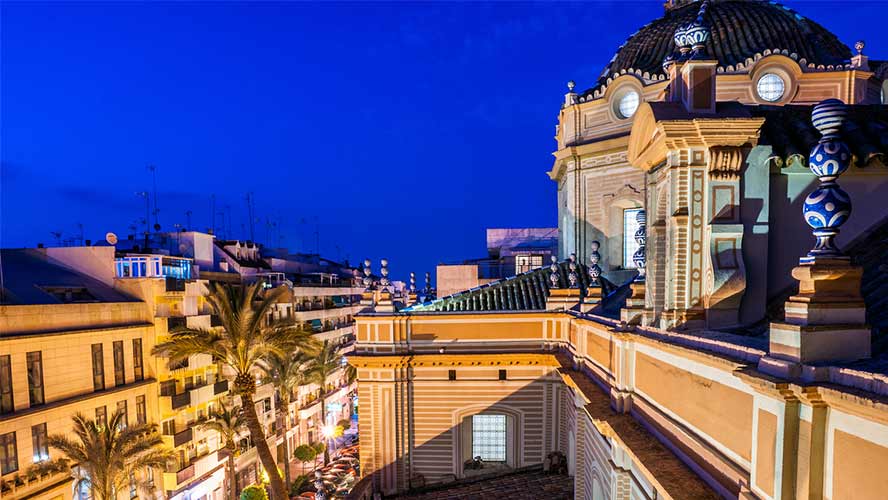
Military facility, institute, hospital…
The Convento de la Merced (which the cathedral was part of) was used as a military base between 1844 and 1861 before becoming a secondary school and teacher training facility. It has also been the HQ for the local government, the Instituto General Técnico and for the Provincial Hospital. It currently houses the Business Science Faculty of the University of Huelva.
The convent served as the chapel for the hospital and as a parish church before the cathedral was consecrated in 1954 and became the centre of the Huelva Diocese.
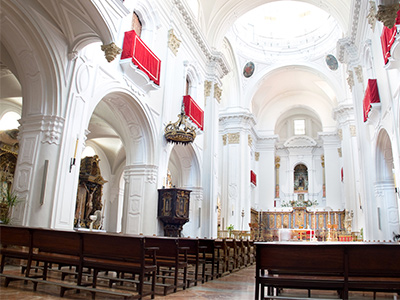
In 1915, colonial-style bell gables were added to the lateral towers of the main facade. In 1969, an earthquake caused significant damage to the cathedral and the resulting repairs went on until 1977.
Huelva Cathedral: architecture and interior features
The Baroque-style brick facade is divided into three sections. The central part resembles a huge altarpiece with alcoves which in 1978 were filled with fired clay statues of the Virgen de la Merced, San Leandro, San Walabonso (patron saint of Niebla (link: Niebla), Santa María and the beatus Vicente de San José. These works were carried out by Antonio León Ortega with the assistance of Mario Ignacio Moya Carrasco.
Inside, the cathedral has white walls and ceilings, intriguing altarpieces, depictions of the Virgin Mary by Juan Martínez Montañés and Baltasar Quintero, and images of Christ.
The cathedral has strong ties to the Guzmán lineage (a branch of the Medina-Sidonia dukedom), as shown by the family vault of the counts of Niebla.
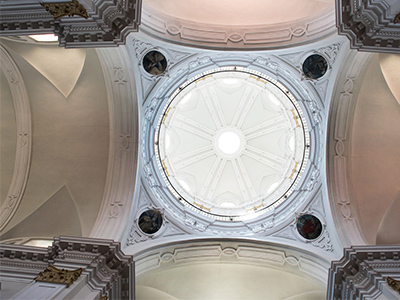
Baroque-inspired altarpieces
The central nave has a barrel vault while the lateral naves have a series of pretty Baroque-inspired altarpieces. Near the main altar is an 18th-century altarpiece of the Virgin with Child in gilt coloured wood. Another, also in coloured wood, bears a painting of San Lorenzo by Herrera el Viejo. Yet another has a depiction of the archangel Raphael while another has a relief of the Mercedarian San Ramón Nonato.
The crossing is crowned with a large dome on decorated pendentives. To either side of the crossing are a furthe
r two Baroque altarpieces: one in the Nave del Evangelio, dedicated to the Virgen de las Dolores (Our Lady of Sorrows); the other in the Nave de la Epístola, which houses the tabernacle and is complete with a carving of Saint Joseph.
Make sure that a visit to Huelva Cathedral is part of your trip to the province.




































































